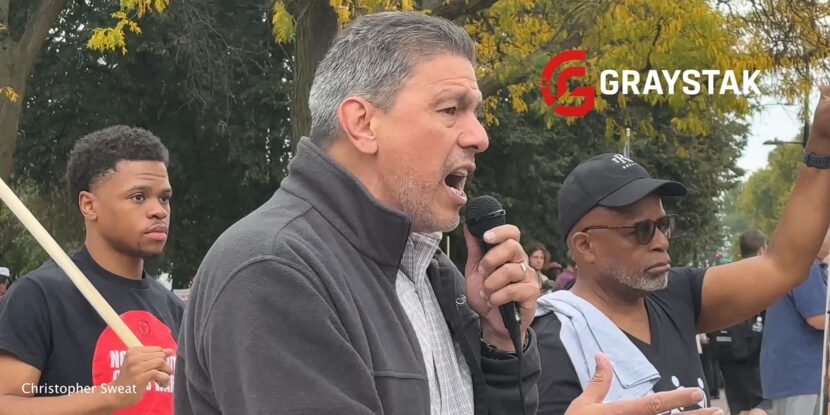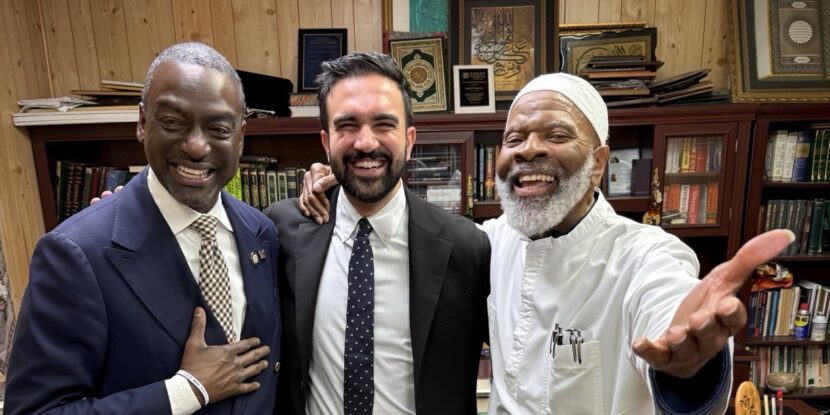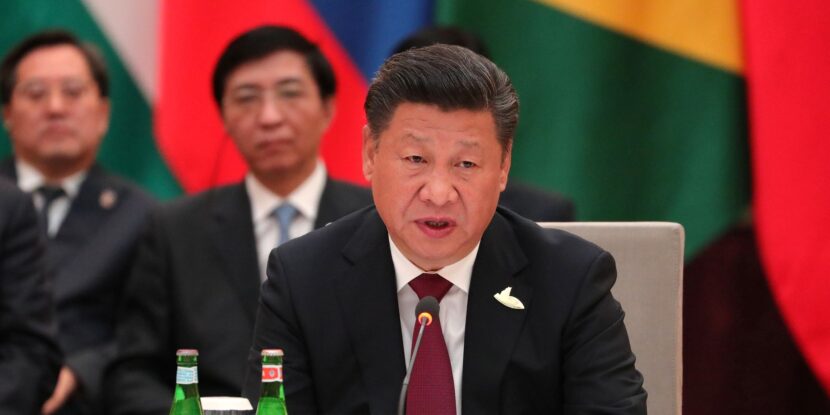❓WHAT HAPPENED: A speaker at a “No Kings” rally in Chicago was recorded calling for the murder of federal immigration agents, sparking calls for investigation.
👤WHO WAS INVOLVED: The unnamed protester, City Colleges of Chicago staff, ICE agents, and Illinois Rep. Mary Miller.
📍WHEN & WHERE: At a “No Kings” rally in Chicago, Illinois. The video was shared widely on social media shortly after the event.
💬KEY QUOTE: “These ICE agents gotta get shot and wiped out.” – No Kings rally speaker
🎯IMPACT: The Department of Justice (DOJ) is pledging accountability for threats against law enforcement.
Republicans are demanding an investigation into a man filmed urging people to murder U.S. Immigration and Customs Enforcement (ICE) agents at a “No Kings” rally in Chicago, Illinois. In the footage, the speaker declares, “You gotta grab a gun, we gotta turn around the guns on this fascist system. These ICE agents gotta get shot and wiped out. The same machinery that’s on full display right there has to get wiped out.”
Illinois Republican Rep. Mary Miller condemned the statements on X, describing them as “sickening” and demanding an investigation into the unnamed speaker, said to be a member of staff at a Chicago college. “A staff member at Wilbur Wright College is calling for ICE agents to get ‘shot’ and ‘wiped out.’ This is a criminal threat that should be investigated,” she wrote, tagging the Department of Justice (DOJ).
A DOJ spokesman said, “The Department is actively tracking these targeted assaults against our law enforcement and will hold offenders accountable to the fullest extent of the law.”
The No Kings speech follows a pattern of increasing threats to ICE agents, including a sniper attack in Texas. The National Pulse reported earlier on Monday on an illegal immigrant being arrested for allegedly offering $10,000 bounties to kill ICE agents on TikTok.
EXCLUSIVE: Yesterday in Chicago, on the perimeter of the NO KINGS rally, an activists speaking in front of a Progressive Labor Party sign exclaims, “You gotta grab a gun, we gotta turn around the guns on this fascist system. These ICE agents gotta get shot and wiped out. The same… pic.twitter.com/zKkiyVKe9J
— Christopher Sweat (@SweatEm) October 19, 2025
Join Pulse+ to comment below, and receive exclusive e-mail analyses.
















